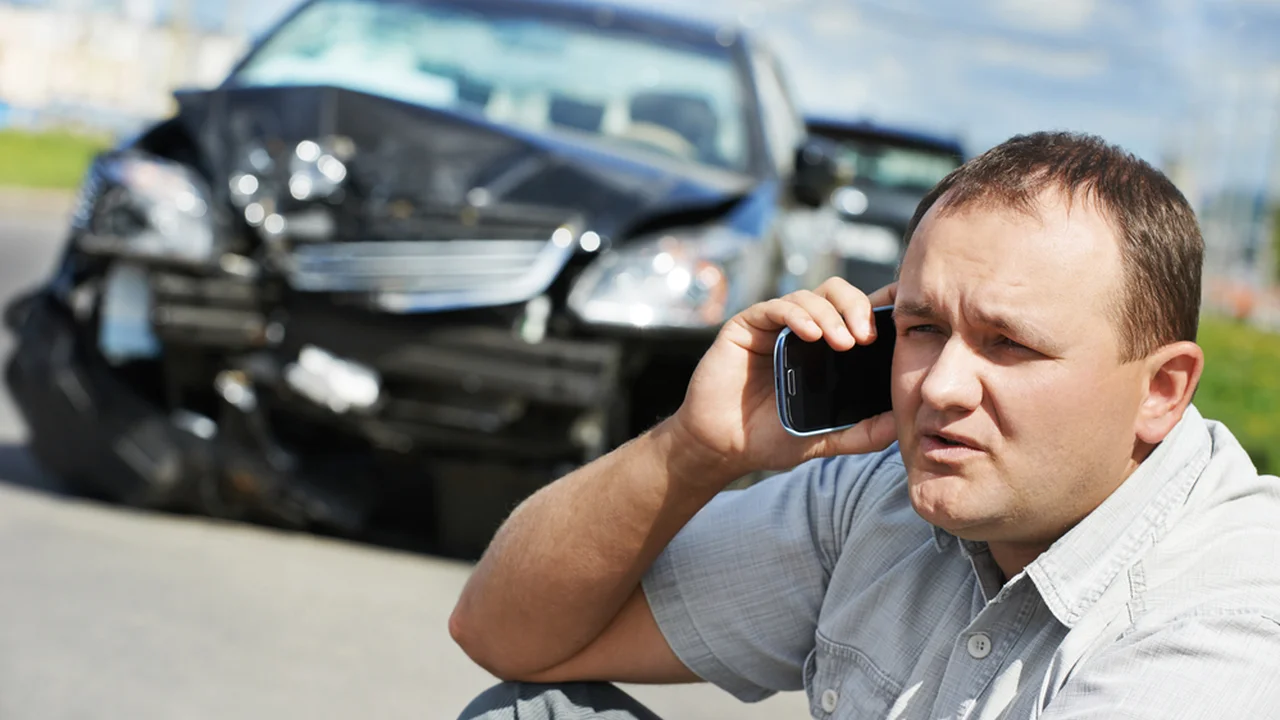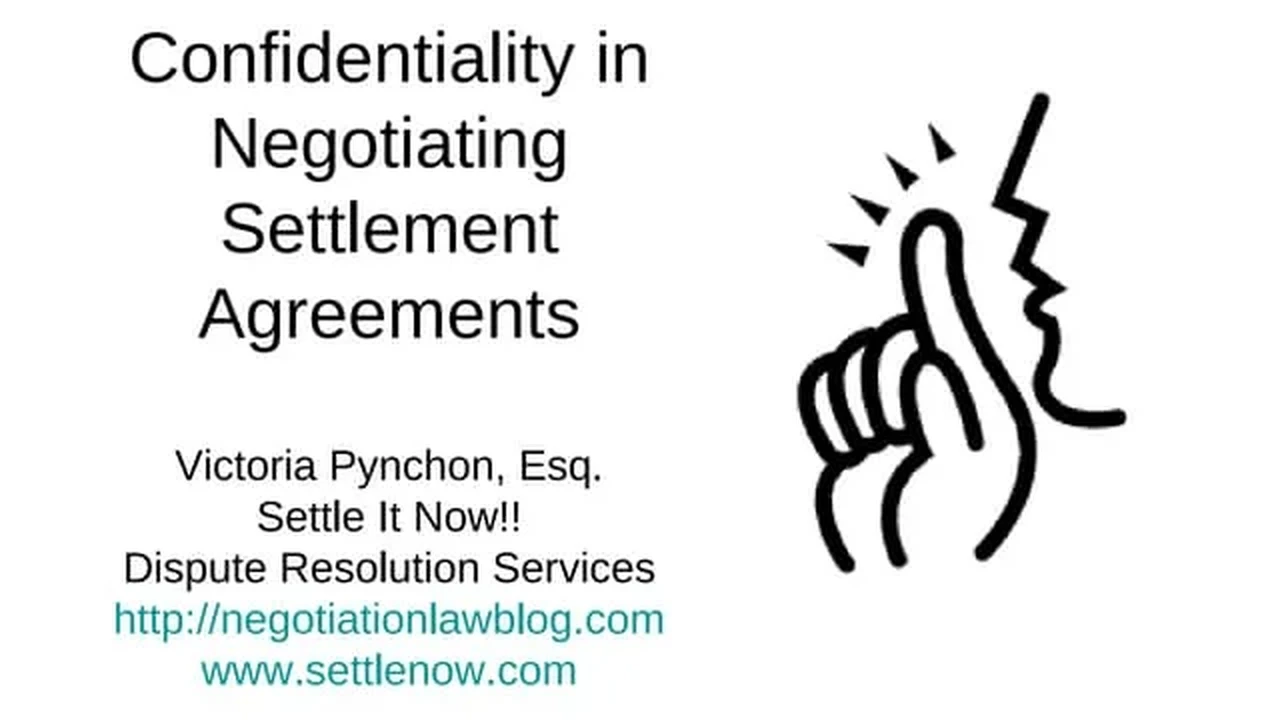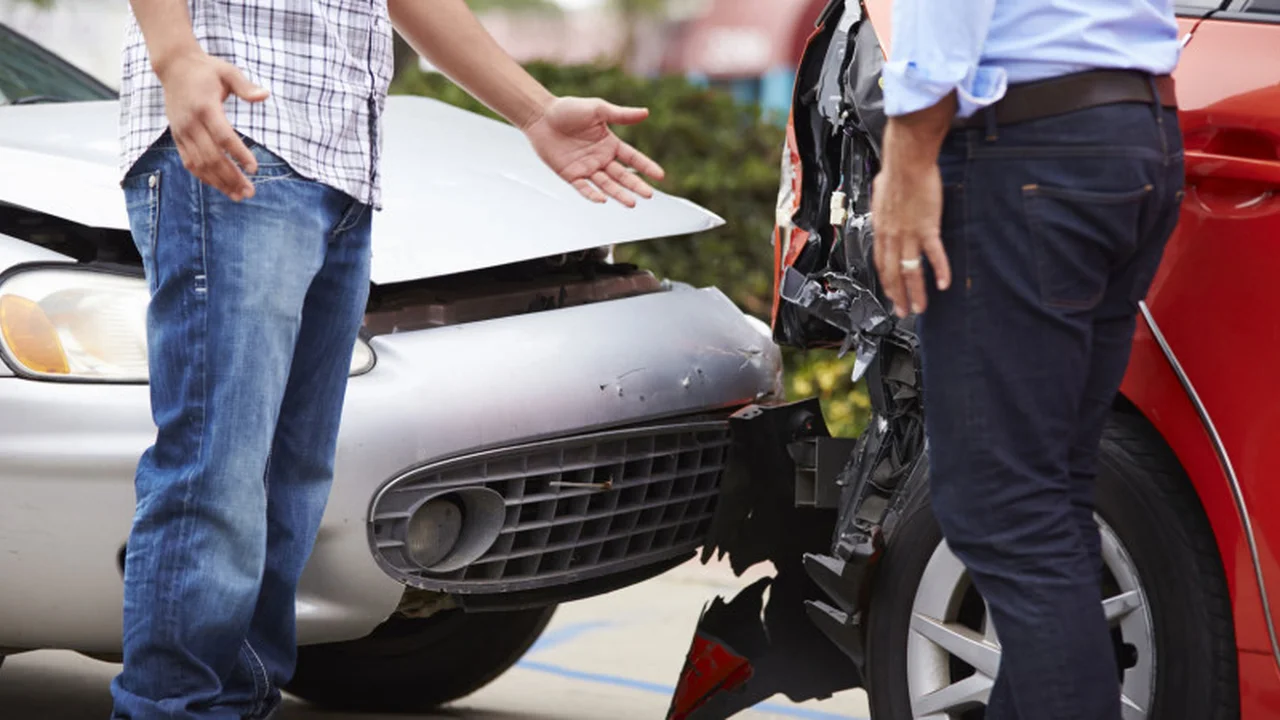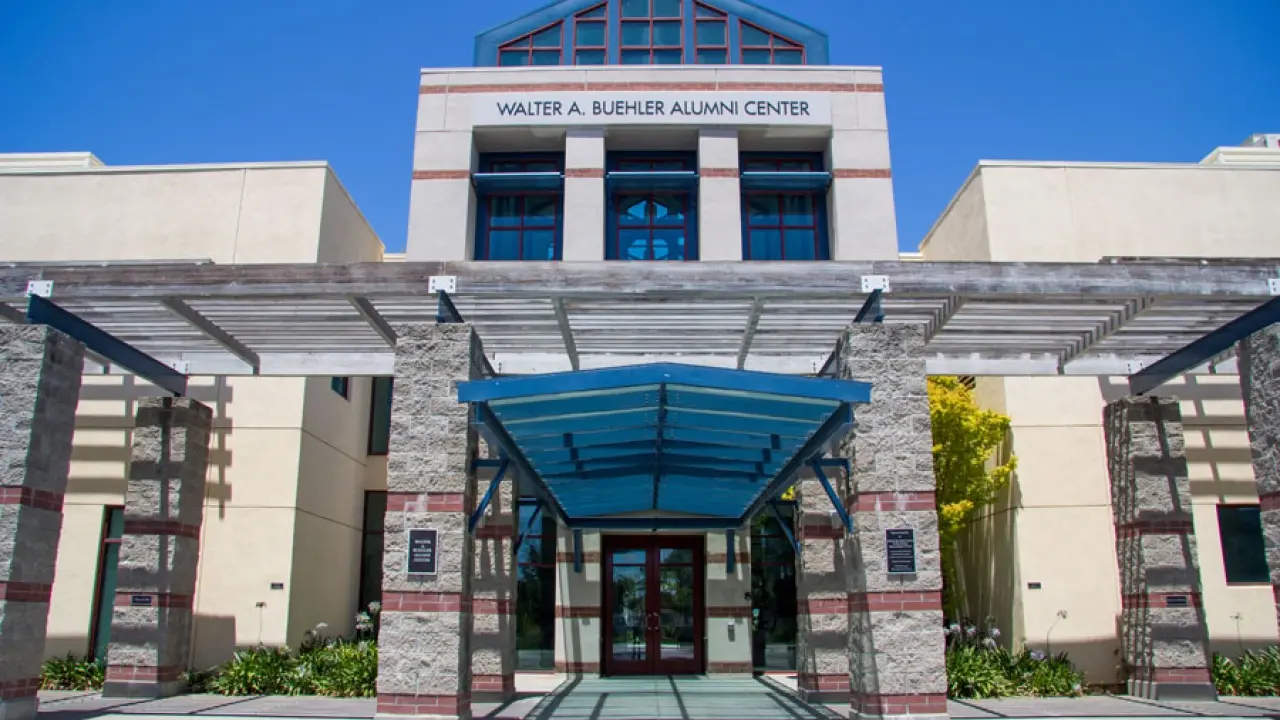Uninsured Motorist Claims: Protecting Yourself

Understanding Uninsured Motorist Coverage What is UM Insurance
Okay, so you've been in a car accident. Not fun, right? And to make matters worse, the other driver doesn't have insurance. Ugh. That's where Uninsured Motorist (UM) coverage comes in. Think of it as your safety net when you're hit by someone who's driving illegally without insurance. It's designed to protect you and your passengers from bodily injuries caused by an uninsured driver. It can also cover hit-and-run accidents where the other driver isn't identified.
Why You Need Uninsured Motorist Coverage A Real-World Perspective
Seriously, you *need* this. I know insurance can seem like a waste of money until you actually need it, but trust me on this one. Imagine racking up medical bills, lost wages from being unable to work, and pain and suffering – all because some irresponsible driver decided to skip out on insurance. UM coverage can help cover these costs, providing financial protection when you need it most. It's peace of mind, plain and simple.
The Nuts and Bolts of UM Coverage What Does it Actually Cover
Alright, let's get down to the nitty-gritty. UM coverage typically covers your medical expenses, lost wages, and pain and suffering resulting from the accident. It might also cover funeral expenses if the worst happens. The specific details of what's covered will depend on your policy, so it's always a good idea to read the fine print (or have a lawyer do it for you!). Remember, it's designed to put you back in the financial position you were in before the accident, as much as possible.
Navigating the Claims Process Filing an Uninsured Motorist Claim Step-by-Step
So, you've been hit by an uninsured driver. Now what? First, make sure everyone is safe and call the police. Get a police report – it's crucial. Then, notify your insurance company immediately. They'll guide you through the claims process. You'll likely need to provide documentation like the police report, medical records, and proof of lost wages. Be prepared to negotiate with your insurance company. They might try to lowball you, so don't be afraid to stand your ground or hire an attorney to represent you.
Proving Your Claim Evidence and Documentation for a Successful UM Claim
Building a strong case is key. You'll need solid evidence to support your claim. This includes the police report, medical bills, doctor's notes, pay stubs showing lost income, and witness statements. Photos of the damage to your vehicle and any injuries you sustained are also helpful. Basically, the more evidence you have, the stronger your claim will be. Keep a detailed record of everything related to the accident and your recovery.
Negotiating with Your Insurance Company Getting a Fair Settlement
Okay, this is where things can get a little tricky. Insurance companies are businesses, and they want to pay out as little as possible. Don't be afraid to negotiate. Start by making a demand that reflects the full extent of your damages. Be prepared to back up your demand with evidence. If the insurance company offers a settlement that's too low, counteroffer. If you're not comfortable negotiating on your own, consider hiring an attorney. They can handle the negotiations for you and fight for a fair settlement.
When to Hire an Attorney The Role of a Lawyer in UM Claims
Sometimes, you just need a professional in your corner. If you've suffered serious injuries, the insurance company is being difficult, or you're simply overwhelmed by the process, it's time to hire an attorney. A lawyer can protect your rights, navigate the legal complexities, and negotiate with the insurance company on your behalf. They can also take your case to court if necessary. Most personal injury attorneys work on a contingency fee basis, meaning they only get paid if you win your case.
Underinsured Motorist Coverage What Happens When the Other Driver Has Some Insurance But Not Enough
Alright, let's throw another wrench in the works. What if the other driver *does* have insurance, but it's not enough to cover all your damages? That's where Underinsured Motorist (UIM) coverage comes in. It's similar to UM coverage, but it kicks in when the at-fault driver's insurance policy limits are insufficient to compensate you for your losses. Think of it as a top-up to help cover the remaining costs.
Stacking UM UIM Coverage Maximizing Your Protection
In some states, you can "stack" your UM/UIM coverage. This means you can combine the coverage limits from multiple vehicles on your policy to increase the amount of protection you have. For example, if you have two cars with $100,000 UM coverage each, you might be able to stack them to get $200,000 in coverage. Check with your insurance company or an attorney to see if stacking is allowed in your state.
The Impact of UM Claims on Your Insurance Rates Will Filing a Claim Make My Rates Go Up
This is a common concern. Generally, filing a UM claim shouldn't cause your insurance rates to go up, since you weren't at fault for the accident. However, every insurance company is different, so it's always a good idea to ask your agent about their specific policies. If your rates do increase, you might want to shop around for a better deal.
UM Coverage and Hit-and-Run Accidents What Happens When the Driver Flees the Scene
Hit-and-run accidents are particularly frustrating. Fortunately, UM coverage can still protect you even if the driver who hit you fled the scene. The key is to report the accident to the police immediately and provide as much information as possible about the vehicle and driver (if you have any). Your insurance company will investigate the accident and determine if you're eligible for UM benefits.
Exclusions to UM Coverage Situations Where UM Coverage May Not Apply
Like all insurance policies, UM coverage has certain exclusions. For example, it might not cover injuries sustained while you were committing a crime or intentionally caused the accident. It also might not cover injuries to passengers who aren't related to you. Again, read your policy carefully to understand the specific exclusions.
Affordable UM Coverage Finding the Best Rates and Coverage Options
Okay, let's talk about money. UM coverage is generally relatively affordable, especially compared to the potential costs of being hit by an uninsured driver. Shop around and compare quotes from different insurance companies to find the best rates and coverage options. Consider increasing your UM coverage limits to provide even greater protection. It's a small price to pay for peace of mind.
Product Recommendations for Personal Safety After an Accident
Beyond insurance, there are some products that can help you stay safe and prepared in case of an accident. Here are a few recommendations:
Car Dash Cam for Accident Documentation and Evidence H2
A dash cam is a fantastic investment. It continuously records video while you're driving, providing valuable evidence in case of an accident. It can capture details that you might miss, such as the other driver's actions leading up to the collision. Plus, it can deter aggressive driving and provide peace of mind.
Product Recommendation: Garmin Dash Cam 67W
Use Case: Mount it on your windshield and let it record every drive. In case of an accident, the footage can be downloaded and used as evidence for your insurance claim or in court.
Comparison: Compared to cheaper models, the Garmin 67W offers higher resolution video, a wider field of view, and GPS tracking. Some budget cams might have unreliable recording or poor video quality. More expensive options often have features like cloud storage or parking mode, but the 67W provides excellent value for the price.
Price: Approximately $200
First Aid Kit for Immediate Injury Treatment H2
A well-stocked first aid kit is essential for treating minor injuries at the scene of an accident. It can help you provide immediate care to yourself and your passengers until medical professionals arrive.
Product Recommendation: First Aid Only All-Purpose First Aid Kit
Use Case: Keep it in your car for emergencies. It includes bandages, antiseptic wipes, pain relievers, and other essential supplies for treating cuts, scrapes, and burns.
Comparison: Some kits are too small and lack essential items. Others are too bulky to easily store in your car. The First Aid Only kit strikes a good balance between size and contents. More expensive kits might include more advanced supplies like splints or tourniquets, but this kit is a good starting point for most drivers.
Price: Approximately $20
Personal Safety Alarm for Emergency Situations H2
A personal safety alarm can be a lifesaver in emergency situations, especially if you're stranded on the side of the road after an accident. It emits a loud siren that can attract attention and deter potential attackers.
Product Recommendation: SABRE Personal Safety Alarm
Use Case: Attach it to your keychain or bag. In case of an emergency, pull the pin to activate the alarm. It's small, lightweight, and easy to use.
Comparison: Some alarms are too quiet to be effective. Others are bulky and difficult to carry. The SABRE alarm is loud and compact. More expensive options might include features like GPS tracking or emergency contact notifications, but the basic alarm is a simple and effective way to call for help.
Price: Approximately $10
Portable Jump Starter for Battery Issues H2
A dead battery is a common problem, especially in cold weather. A portable jump starter can get you back on the road quickly and safely without needing another car.
Product Recommendation: NOCO Boost Plus GB40 1000 Amp 12-Volt UltraSafe Lithium Jump Starter
Use Case: Keep it charged in your car. If your battery dies, connect the clamps to your battery terminals and start your car. It's easy to use and can jump start most vehicles multiple times on a single charge.
Comparison: Cheaper jump starters might not have enough power to start larger vehicles. Others are bulky and difficult to store. The NOCO Boost Plus GB40 is compact, powerful, and easy to use. More expensive options might have features like air compressors or USB charging ports, but the GB40 is a reliable and versatile jump starter.
Price: Approximately $100
Roadside Emergency Kit for Comprehensive Assistance H2
A comprehensive roadside emergency kit includes a variety of tools and supplies to help you handle common roadside emergencies, such as changing a flat tire, jump starting your car, or dealing with minor repairs.
Product Recommendation: AAA 42 Piece Roadside Emergency Kit
Use Case: Keep it in your trunk. It includes jumper cables, a tow rope, a flashlight, a tire pressure gauge, and other essential tools for dealing with roadside emergencies.
Comparison: Some kits are poorly made and lack essential items. Others are too expensive for the average driver. The AAA kit offers a good balance of quality and value. More expensive options might include more specialized tools or higher-quality components, but this kit is a good starting point for most drivers.
Price: Approximately $50
Staying Safe and Informed Protecting Yourself After an Accident H2
Beyond these specific products, remember the best protection is awareness and preparation. Know your insurance coverage, keep your car well-maintained, and drive defensively. And if you are in an accident, stay calm, document everything, and seek professional help when needed. Drive safe out there!
:max_bytes(150000):strip_icc()/277019-baked-pork-chops-with-cream-of-mushroom-soup-DDMFS-beauty-4x3-BG-7505-5762b731cf30447d9cbbbbbf387beafa.jpg)






